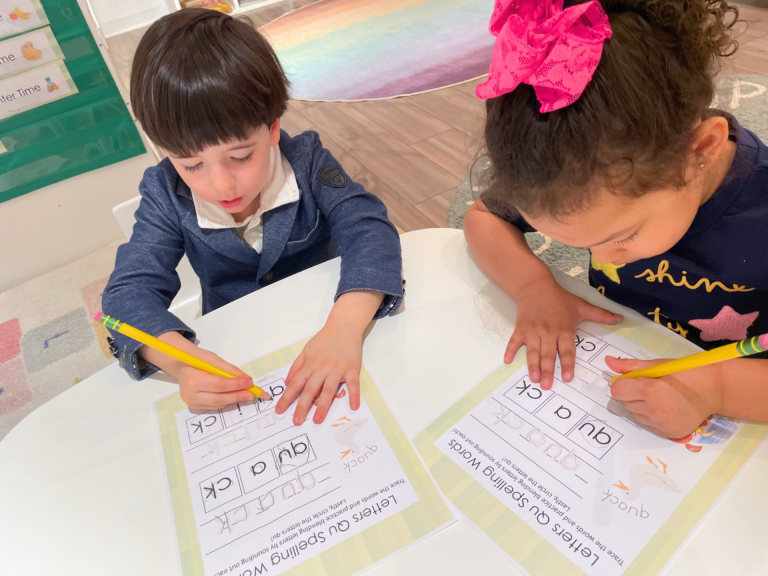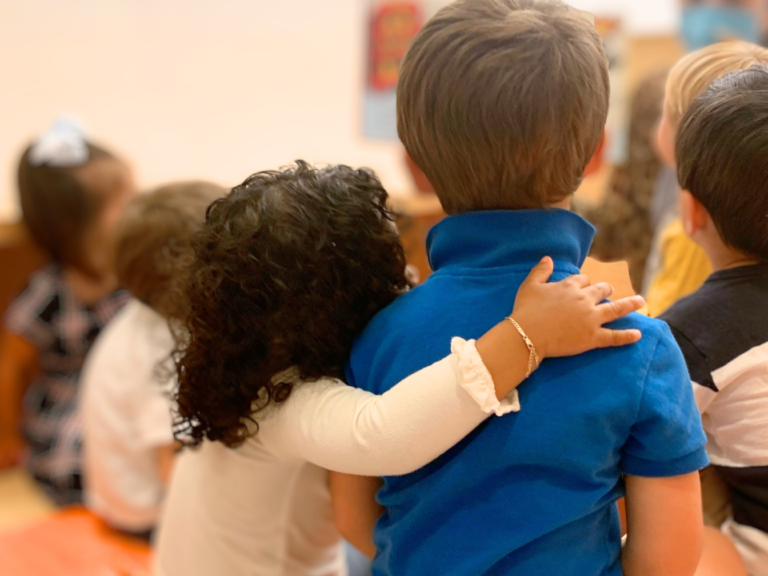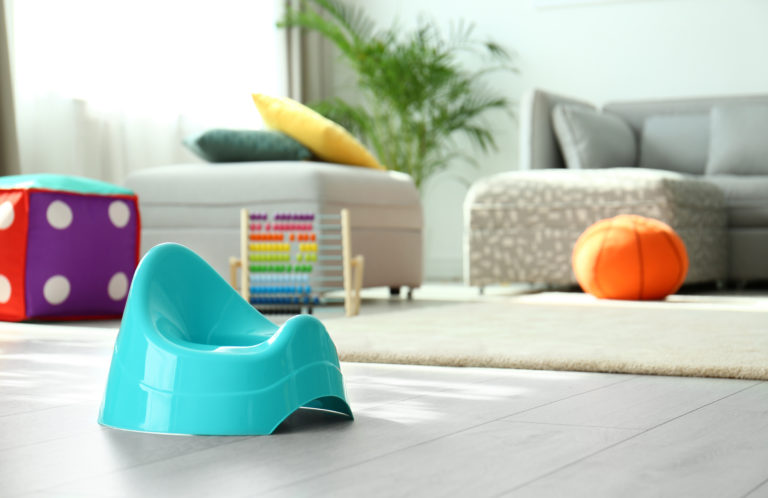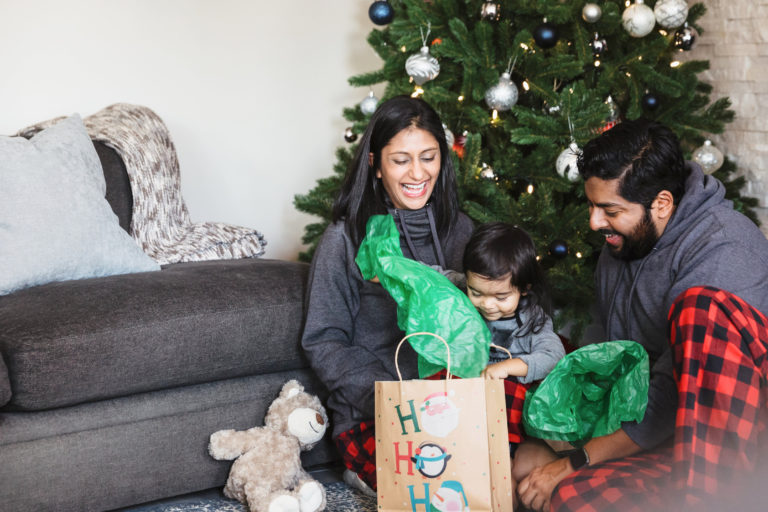How to Homeschool Your 2-Year-Old

Homeschooling your little one at age 2 is a lot less complicated than you may think. With many tools right at your fingertips, keeping in mind achievable goals, you can become your little one’s own homeschool preschool teacher!
Goals for Learning
At age 2, little ones’ learning focal points include:
- Shape, color, number, some letter recognition
- Counting to 10
- Sorting objects
- Sing songs, nursery rhymes
- Recognition of animals and household objects
Building Your Curriculum
Before buying a premade homeschool curriculum, see how your little one works with puzzles and DIY learning activities. This way you can make informed decisions when picking out a curriculum should you choose to continue homeschooling your child for homeschool preschool and beyond. There are plenty of free resources online — from sensory-friendly videos to educational videos about any topic you might want your little one to learn about! There are also educational platforms like Playgarden Online where we offer homeschool preschool videos and printables that encourage learning through play and music. Save time and money by trying multiple methods at first, then see what your little one engages with most.
Worksheets are good to introduce with early homeschool preschool, but keep in mind little ones around 2 will most likely scribble and doodle on them rather than work through the instructions. They are still worth printing out and working with so they get familiar with them and encourage extra practice. Hands-on projects, practical life activities, and sensory exploration are great teaching tools for 2 year olds.
If working out a routine is helpful to get through your day, schedule plenty of time to play, inside and outside, and time to read together. Spreading the lessons throughout the day is the best way to work with your little one’s ever-changing attention span — accumulating in about an hour of lessons a day. We want to instill a love of learning, so try to avoid making them sit and learn for longer than they are able.
A Typical Day
- Morning Dailies: Talk and sing about the day of the week, the weather, feeding the plants or pets — anything you do daily! This is a great time to review ABC’s and start the day off right.
- Letter of the Week: Learning about one letter each week allows for exploration and repetition, helping your little one retain the information.
- Counting: Activities working with number and shape recognition are great practice for your 2 year old.
- Nursery Rhymes: Share nursery rhymes and poetry with your little one. Introducing art is important for your little one’s developing creativity.
- Books, Books, and More Books: Read as much as you can with your little one; they learn so much from storybooks, providing engagement and entertainment.
- Pencil Grip Practice: Coloring with crayons, doodling, or tracing letters and numbers with pencils, this is great exercise for their developing fine motor skills.
- Time Outside: Time spent exploring outdoors is just as important as the time spent inside. Not only is a little time outside every day good for our overall health at any age, but there is so much to learn about our planet right outside our front door. Even taking chalk outside to draw and practice letters and numbers brings the classroom out of the home.
Especially if this is your first time homeschooling, take it slowly — figure out how your little one loves to learn and let that guide your homeschool preschool curriculum!
Popular
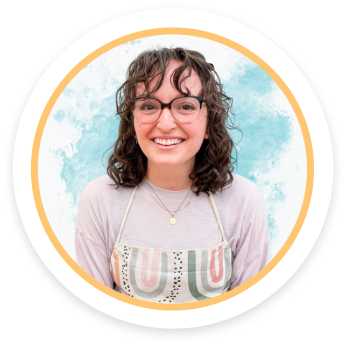

Hi, I'm Miss Julia!
Miss Julia has been an early childhood educator for 5 years, with over 10 years of experience working in childcare. She has been teaching at Playgarden Prep since 2017, and is happy to share ideas on some of her favorite early education topics with you! Miss Julia has a BA from UC Irvine, and uses her experience in performing arts to inspire little ones every day in her enrichment classes at Playgarden. In her free time, Miss Julia loves enjoying nature, cooking, and creating with friends.

